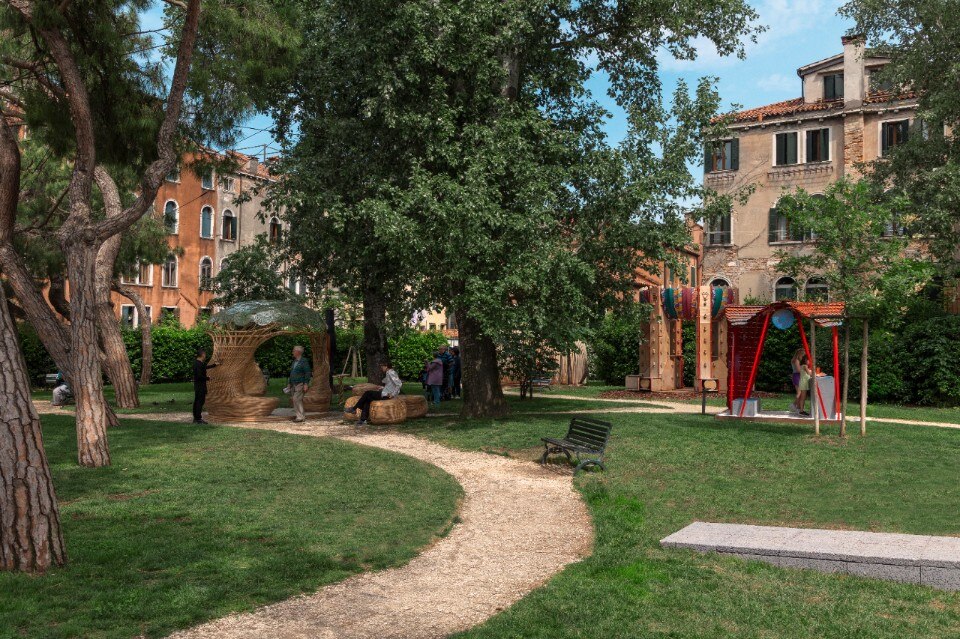"If you are an architect, why are you here?" This all-occasion question or accusation seemed especially apt coming from David Suzuki, the climate change activist and TV host of CBC's The Nature of Things. It was an accidental encounter at Coca Airport in the Ecuadorian Amazon. He had flown with a National Geographic film crew. I, on the other hand, was on a self-appointed mission, seemingly credentialed only by the high-performance Khaki pants I had purchased in an effort to fit in.
Ecuador is one of the world's hotspots, where rainforest biodiversity is under pressure from development. Given that the country's rates of deforestation are second only to Brazil, the presence of architects is perhaps justifiably disquieting. When not the hirelings of developers, they often address conundrums like those found in the Amazon with a self-congratulatory or redemptive master plan. Yet it was my mission to wonder if architects might have a perverse expertise, one even tutored by the bad company they keep. Since architects know to how make the development machine lurch forward, might they not also know how to put it into reverse? Might they know how to design and incentivise not only the addition but also the subtraction of development?
Other professions and sciences that have long been working in the region have emerged with important variables to leverage the politics of deforestation. Lawyers have spent 18 of the 40 years that Ecuador has been producing oil litigating over what has been called Amazon Chernobyl.
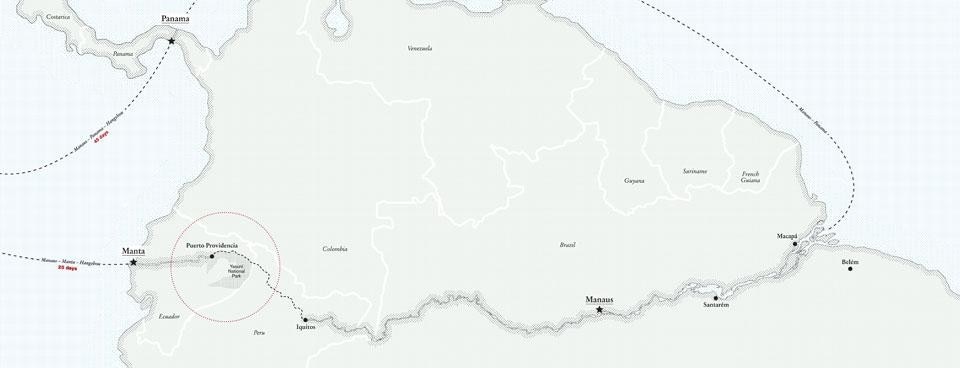
Nevertheless, all of these experts along with countless others have arguably been more successful at increasing awareness than gaining control of the situation. Often it seems as if there are more and more intelligent people to witness the deforestation that somehow continues to escape control. While most of the ideas so far pivot around narrow parameters, a simple omnibus spatial variable might be at once more straightforward and — as it is inclusive of more circumstance — more complex.
REDD+, for instance, is fraught with questions about how to establish or track the values, and its abstraction invites many ways to game the system, not least of which is simply the use of carbon credits by developed countries to sanction increased pollution through emissions. Promoters of forest preservation find themselves wishing there was a market for all of the other values in the forest — biodiversity or indigenous culture — that might be at risk if the market only trades in carbon credits.
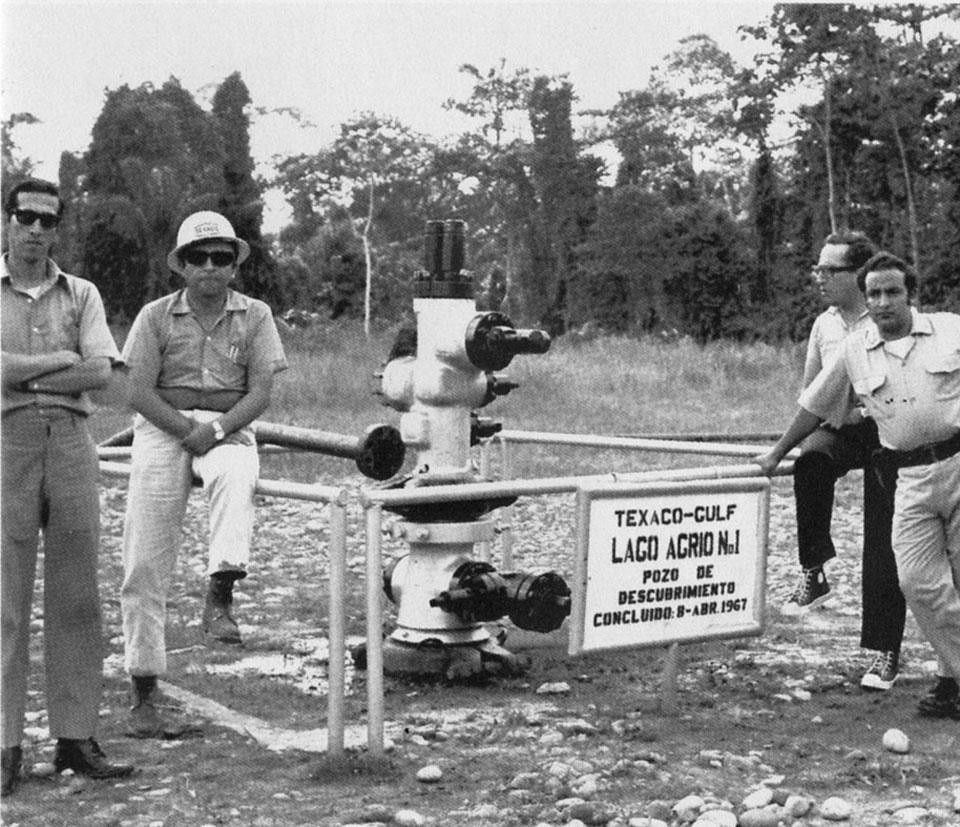
Seeing in this situation a perfect moment for architects to take a turn at the wheel, Ecuadorian architect Santiago del Hierro has led us to the oil company town of Coca because here one can see rainforest development dialled up and dialled down. More importantly, it is on the border of the large species-rich Yasuní National Park — the site of a new protocol that approaches a spatial experiment with negative development.
A subtraction protocol might be appropriate in many parts of the world where, for instance, sprawling development faces failed markets
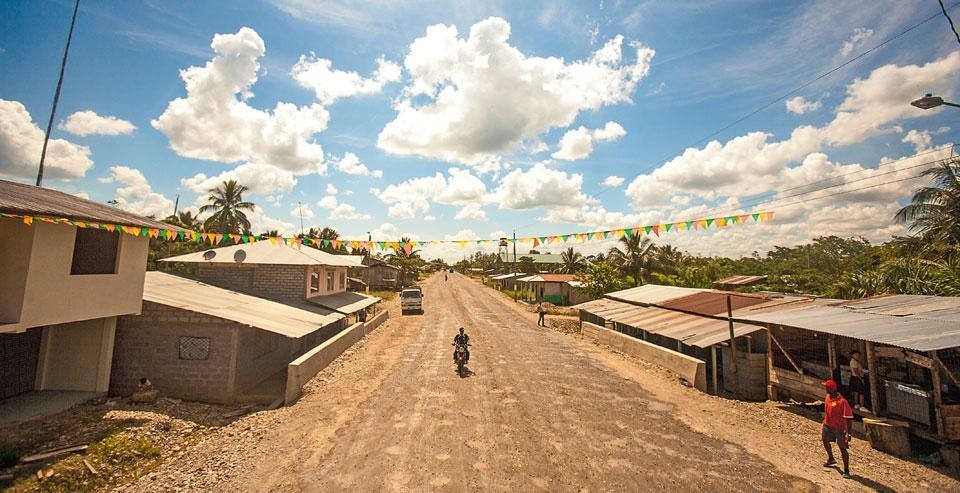
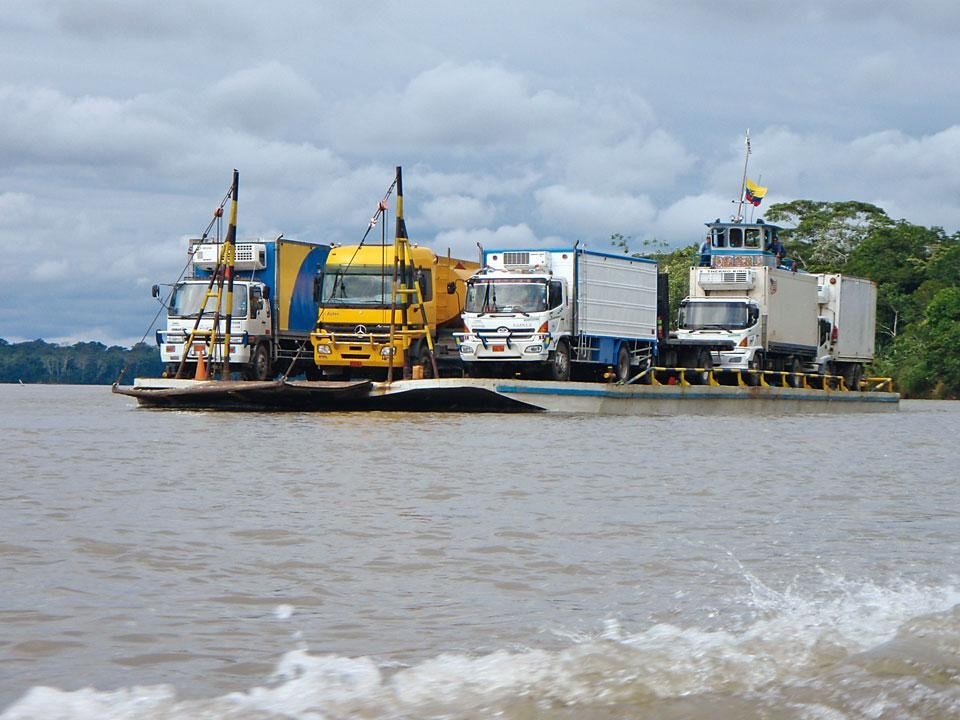
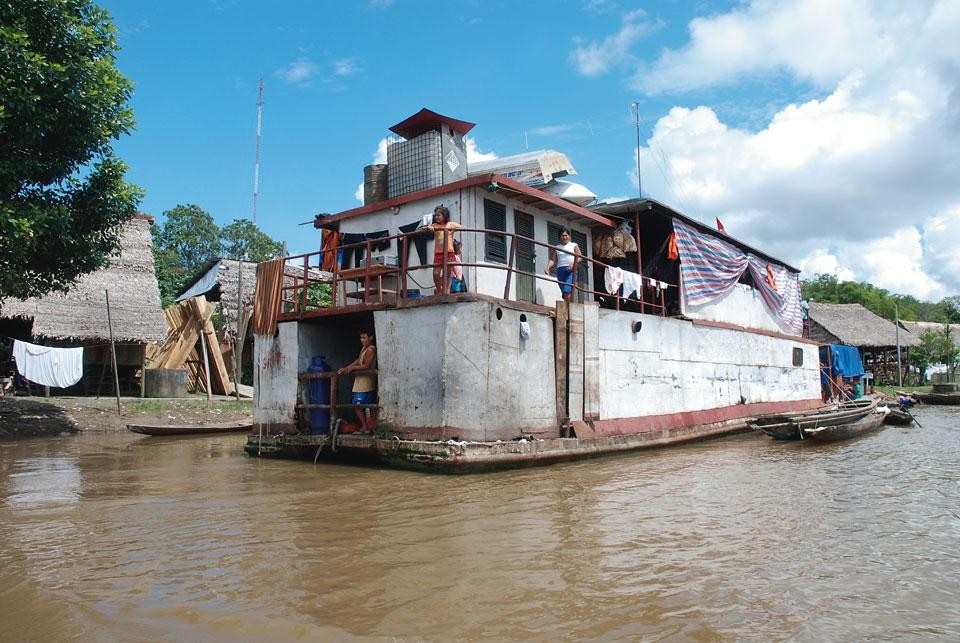
The Napo River, although narrower than the Amazon, would receive westward traffic, thus saving 25 days of shipping time. There are plans to put an additional container port on the Napo en route just to the west of the Yasuní preserve. While the corridor is seen as the source of new business and new relationships with other countries in South America, this shortcut to China would draw container ships full of Brazilian goods through the middle of the Yasuní-ITT preserve and other forested areas on the Napo basin. The development engine — galvanised around a familiar tune — is already at work on the project.
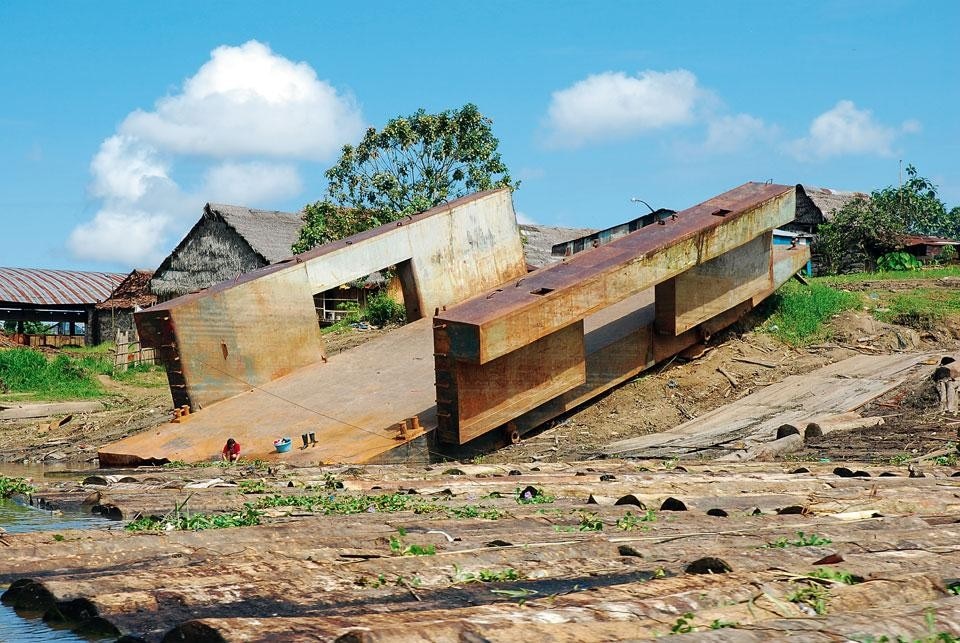
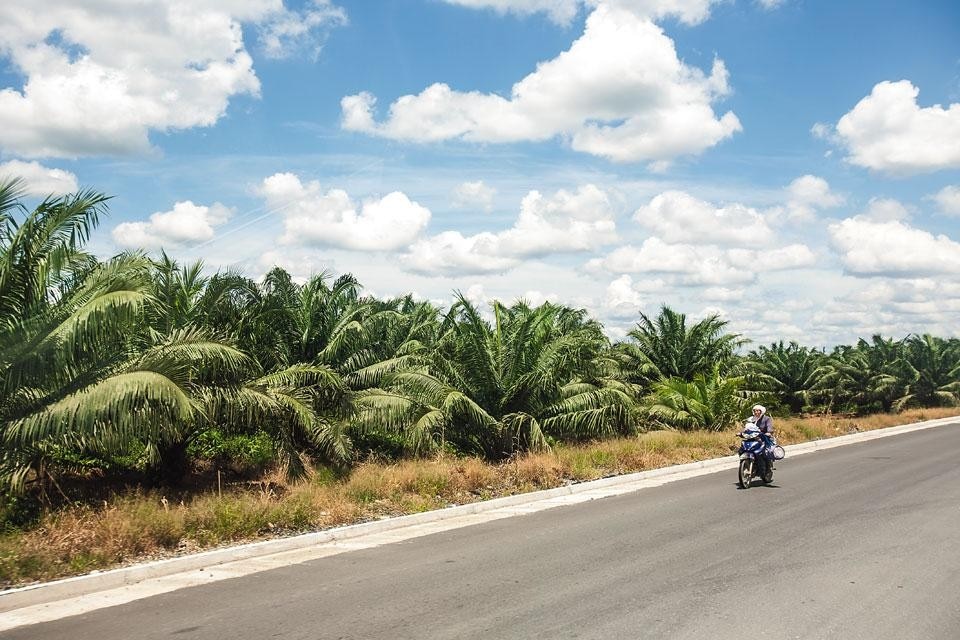
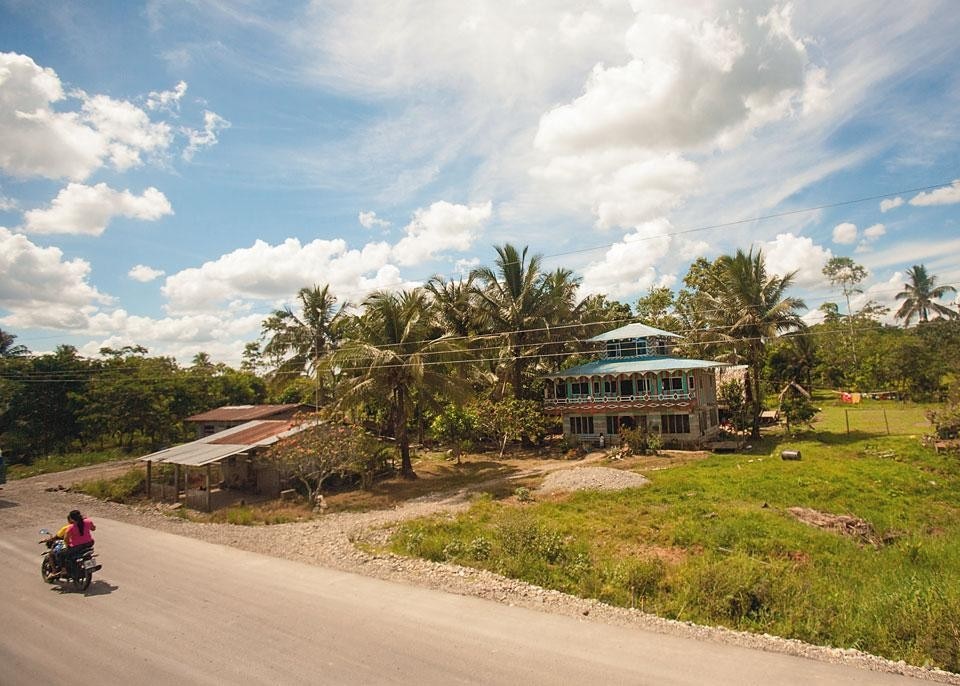
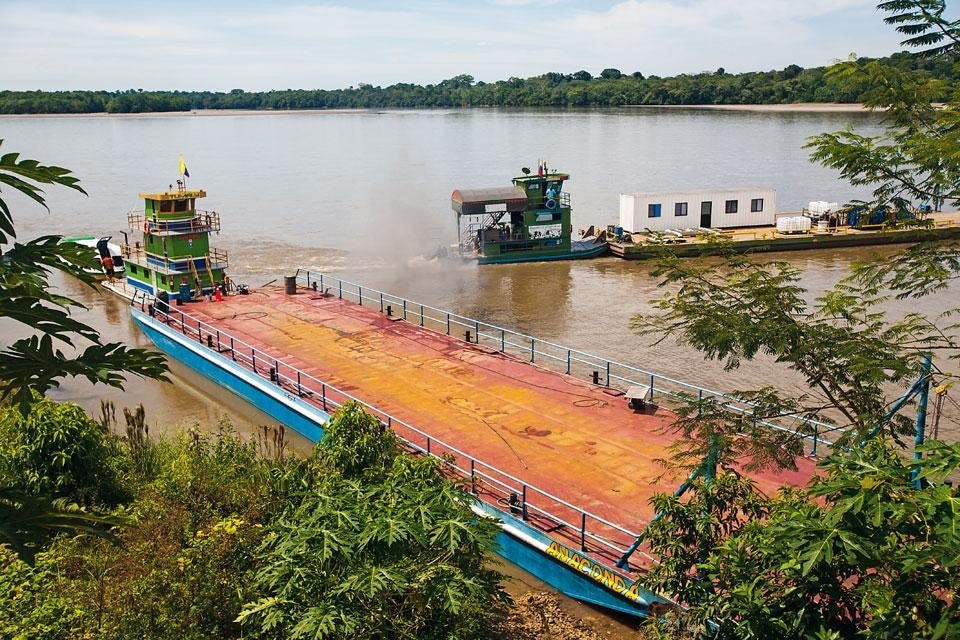
While the remote controls of foreign developers or runaway market multipliers are the source of despair for many preservationists, they might also be a source of ingenious design by architects and urbanists who design counter-multipliers or counter-remotes. Exceeding the reach of single object form, a subtraction protocol might establish an interdependency of variables that addresses multiple sites over time — a cos X that acts as a valve or governor to suppress, leverage or offset development. Just as cos X is an expression for a stream of values, these active forms, unlike a master plan, might simply provide a delta for development concentration and contraction. Just as the individual finca is a powerful multiplier of deforestation, it might become a powerful variable in a subtraction valve or governor.
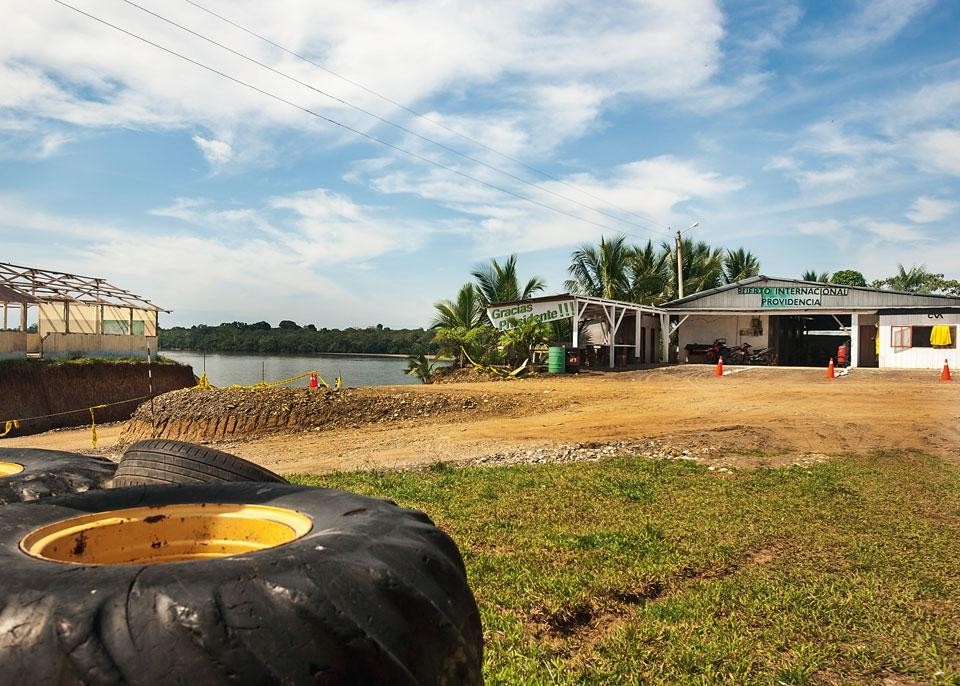
Linking and making interdependencies between densified and preserved properties, revenues from preservation could actually fund the subtraction development. For instance, larger aggregations of land left undeveloped are best for tourist lodges that might be a source of income. Similarly, the biodiversity that is only found in undisturbed land is the subject of potentially lucrative material and pharmaceutical science. The contraction of development means growth of the forest and growth of alternative industry. It is considered to be entirely rational to trade shares representing space in abstract financial or carbon markets. Yet the result can link space to untraceable volatility even while the physical effects on the ground are very durable. With a spatial protocol, all the values associated with the actual property (the land, home, agriculture, soil, climate, resources, biodiversity) are in play. The subtraction game trades in shares, offsets and interdependencies, but many of the risk and reward factors are visible and tangible. Spatial properties expressed as functions of other spatial properties are potentially both more stable and more fluid.
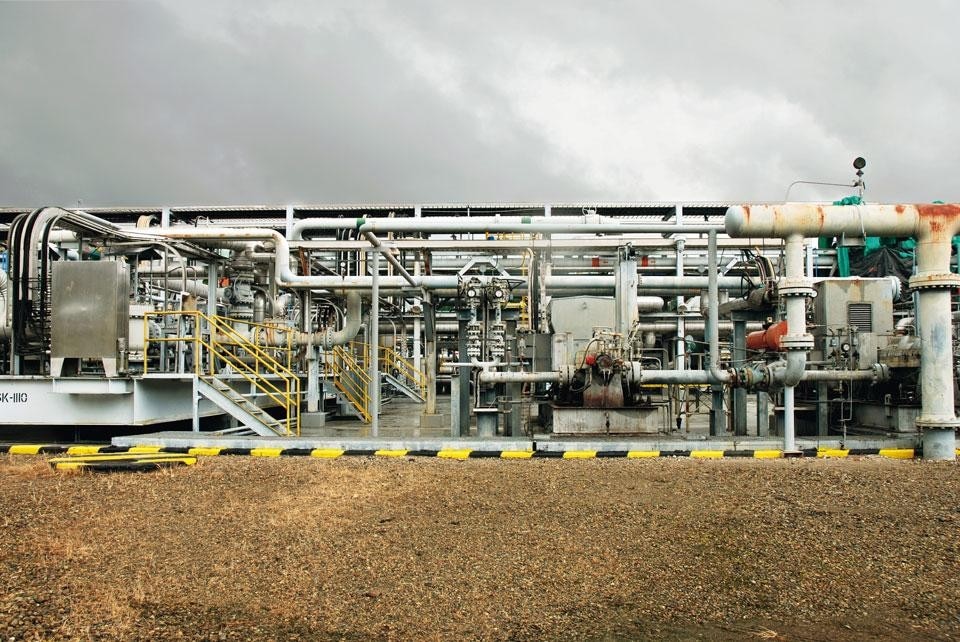
What are the points of leverage, trip distances or economies of scale that make air freight or rail profitable? Architects and urbanist are not themselves logisticians or inventors of new transportation technologies, but they can run the development scenarios demonstrating their spatial consequences. The license to develop may be expressed in terms of remote offsets like schools, technologies and improvements to community that recalibrate and shrink the need for roads. Roads might only exist when bundled with underground utilities, forest buffers, wireless telecommunication and other suppressors.
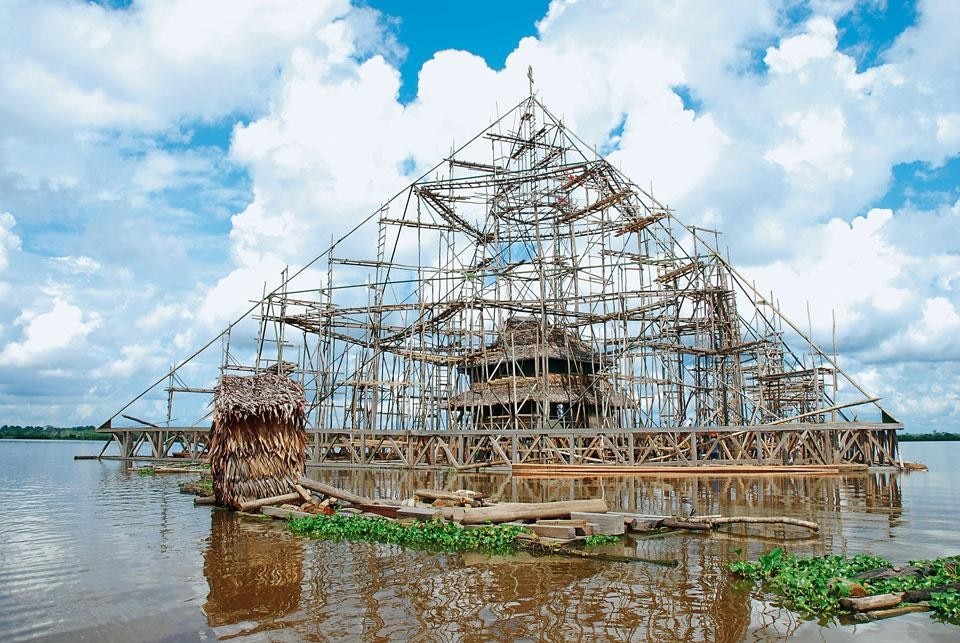
Ecuadorian lawyer Pablo Fajardo — the hero of years of litigation against the oil companies — is on the same plane back to Quito from Lago Agrio. Yet it is more fun to imagine the architect as a non-heroic, sly activist who is deliberately avoiding the righteous solution. Just as architects are learning to look past single design events or objects, some of the most interesting scientists and economists in the world are learning to look past the rational assumptions of science to test ideas in a more complex context with multiple actors and circumstances. The soupy matrix of spatial protocols is a rich test bed for these new questions and for new extra-state agreements that pivot around seemingly irrational or changeable desires. In the Amazon and elsewhere, architects may be valuable precisely because they are not offering a hard science but rather an art of subtraction. Keller Easterling, architect and professor, Yale School of Architecture
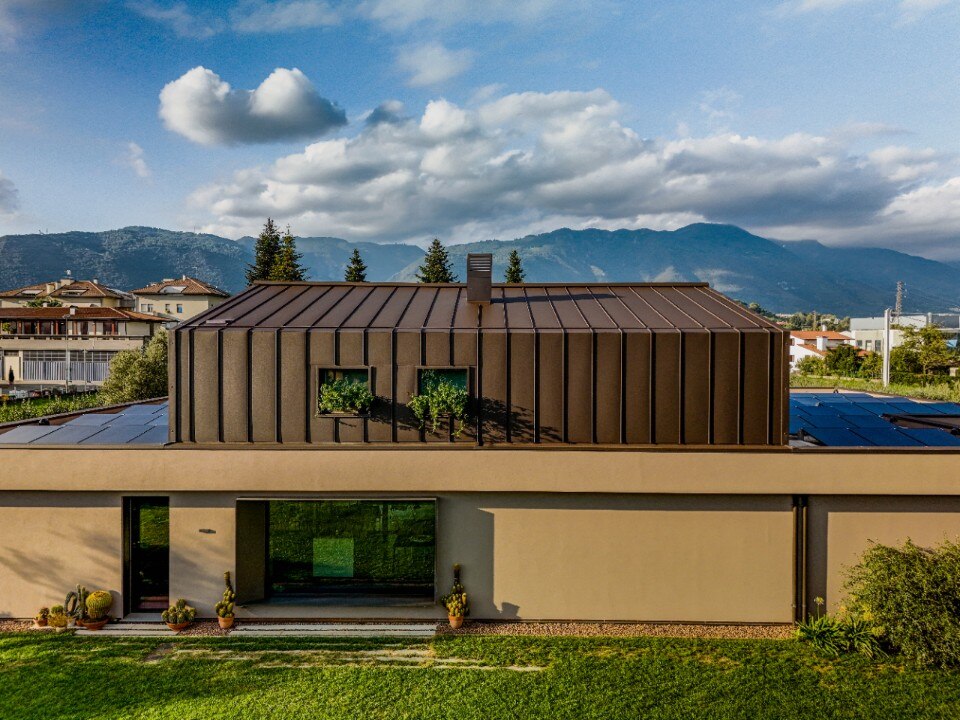
A house turns its back on the road to open up to the landscape
The single-family house project designed by Elena Gianesini engages in a dialogue with the Vicenza landscape, combining tranquility and contemporary style through essential geometries and the Mazzonetto metal roofing.



